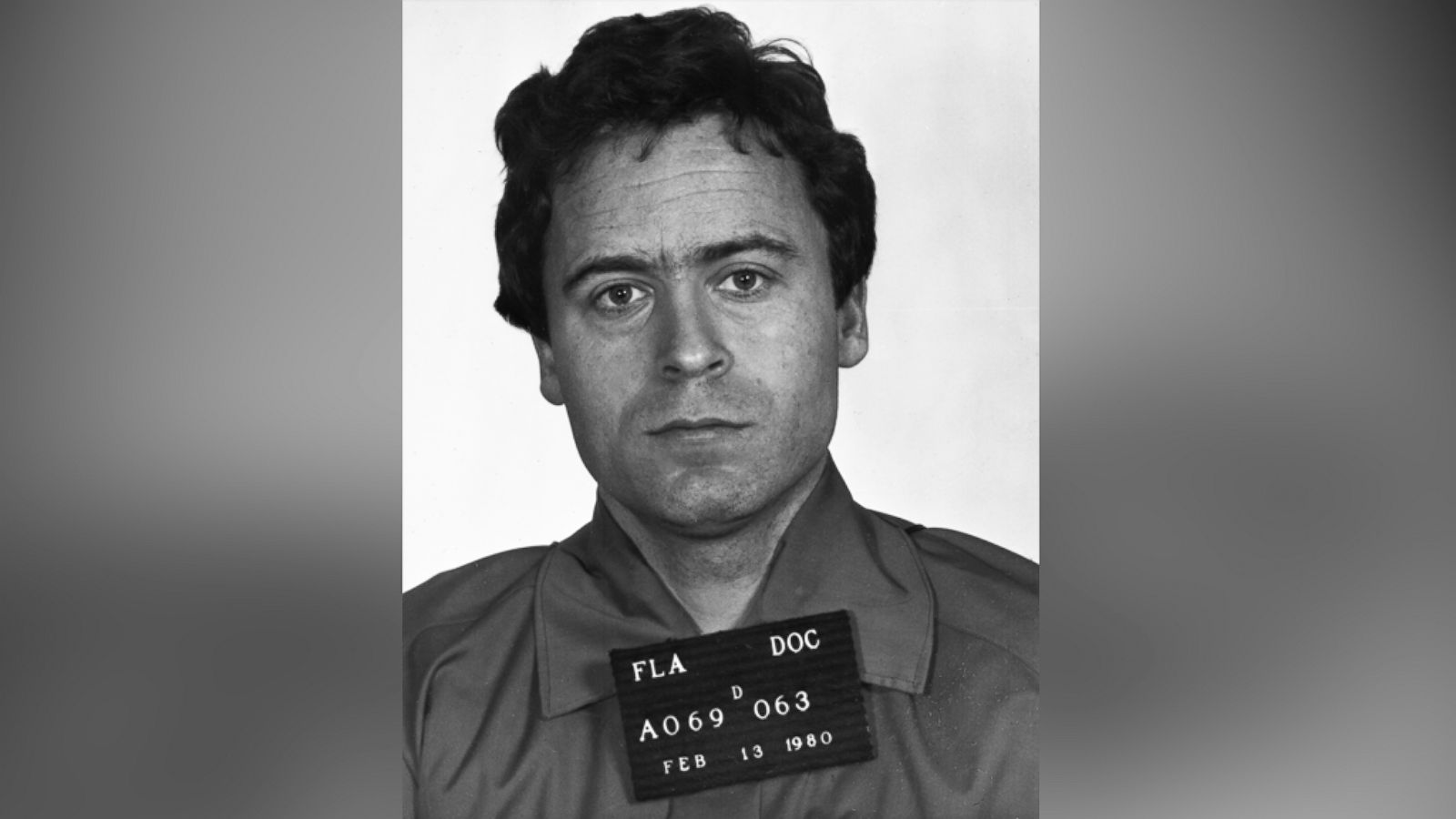Did Ed Gein Really Help Catch Ted Bundy? The Truth Behind Netflix's Monster
Did Ed Gein Really Help Catch Ted Bundy? The Truth Behind Netflix's Monster
Netflix's latest true crime sensation, "Monster: The Ed Gein Story," has captivated audiences worldwide with its chilling portrayal of one of America's most notorious serial killers. However, one particular storyline in the series finale has left viewers questioning what's fact and what's fiction: Did Ed Gein actually help the FBI catch Ted Bundy? The answer might surprise you.

The Netflix Storyline: FBI Consultation That Never Happened
In the final episodes of Ryan Murphy's "Monster: The Ed Gein Story," viewers witness what appears to be a collaboration between the infamous "Butcher of Plainfield" and FBI agents. The show portrays agents John Douglas and Robert Ressler visiting Gein in his psychiatric facility, seeking his expertise to understand Ted Bundy's psychological profile and methods.
According to the Netflix narrative, Gein provides crucial insights about Bundy's choice of weapons, specifically identifying the type of saw used to dismember victims. The series even shows Gein acquiring and sharing a letter that reveals Bundy's first name and vehicle details, ultimately leading to the serial killer's capture.

Historical Reality: The Truth About Ted Bundy's Capture
The compelling Netflix storyline is entirely fictional. Historical records show no evidence that Ed Gein ever consulted with the FBI regarding Ted Bundy or any other active serial killer cases. This dramatic liberty taken by the show's creators has confused many viewers who expected historical accuracy from the "Monster" series.
Ted Bundy was actually captured through traditional police work, not through psychological profiling or consultations with imprisoned killers. His arrests occurred during routine traffic stops and escape attempts:
- First arrest (1975): Bundy was apprehended during a traffic stop in Utah
- Second capture (1977): Found hiking near Aspen after his first escape
- Final arrest (1978): Captured in Pensacola, Florida, following another traffic stop

The Real FBI Behavioral Analysis Unit
While Ed Gein never helped catch Ted Bundy, the FBI's Behavioral Analysis Unit did revolutionize criminal investigations during this era. Agents John Douglas and Robert Ressler, who appear as characters in the Netflix series, were indeed pioneers in criminal profiling and did interview numerous imprisoned serial killers to understand their psychology.
However, their groundbreaking work with the Criminal Personality Research Project began in the late 1970s, primarily after Bundy's capture. The real Douglas and Ressler interviewed killers like Edmund Kemper, Charles Manson, and others to develop psychological profiles for unsolved cases.
Why Netflix Created This Fictional Storyline
The inclusion of the Bundy storyline serves several narrative purposes in "Monster: The Ed Gein Story." It attempts to show Gein's potential rehabilitation and desire to contribute positively to society. The sequence also creates a meta-textual connection to Netflix's previous hit series "Mindhunter," which featured the same FBI agents and methodology.

Producer Ryan Murphy has consistently taken creative liberties with his true crime adaptations, blending psychological exploration with dramatic storytelling. The show deliberately blurs the lines between Gein's reality and his schizophrenic delusions, making it challenging for viewers to distinguish fact from fiction.
Ed Gein's Actual Influence on Criminal Psychology
While Gein didn't help catch Bundy, his crimes did significantly impact both popular culture and criminal psychology. Known as the "Butcher of Plainfield," Gein confessed to killing two women: hardware store owner Bernice Worden in 1957 and tavern owner Mary Hogan in 1954.
Gein's disturbing practices of grave robbing and creating household items from human remains inspired fictional characters like Norman Bates in "Psycho," Leatherface in "The Texas Chain Saw Massacre," and Buffalo Bill in "The Silence of the Lambs."

Separating Entertainment from Historical Fact
The confusion surrounding this storyline highlights the importance of media literacy when consuming true crime content. While Netflix clearly labels the series as "based on" true events rather than being a documentary, many viewers expect historical accuracy from productions featuring real people and events.
Criminal justice experts emphasize that real police work and criminal investigations rely on evidence, witness testimony, and systematic investigation rather than dramatic consultations with imprisoned killers.
Frequently Asked Questions
Did the real FBI agents Douglas and Ressler ever visit Ed Gein?
There is no historical record of FBI agents John Douglas or Robert Ressler interviewing Ed Gein for any active investigation or psychological profiling research.
Was Ed Gein involved in any FBI cases?
No documented evidence exists of Ed Gein providing assistance to law enforcement agencies for any active criminal investigations during his institutionalization.
How accurate is Netflix's Monster series overall?
While the series captures the general outline of Gein's crimes, it takes significant creative liberties with relationships, timeline, and specific events for dramatic effect.
When was Ted Bundy actually caught?
Ted Bundy was captured multiple times between 1975-1978 through traditional police work, primarily during traffic stops and after escape attempts.
The Lasting Impact of Both Killers
Both Ed Gein and Ted Bundy left indelible marks on American criminal history, albeit in different ways. Gein's grotesque crimes shocked rural Wisconsin and inspired decades of horror fiction. Bundy's calculated charm and methodical killings across multiple states revolutionized how law enforcement approaches serial crime investigations.
While they never intersected in real life as Netflix suggests, both cases contributed to the development of modern criminal profiling and forensic psychology. The FBI's Behavioral Analysis Unit continues to use psychological profiling techniques pioneered during this era to solve complex criminal cases.
Ready to separate fact from fiction in more true crime stories? Share this article with fellow true crime enthusiasts and help spread accurate information about these historic cases.